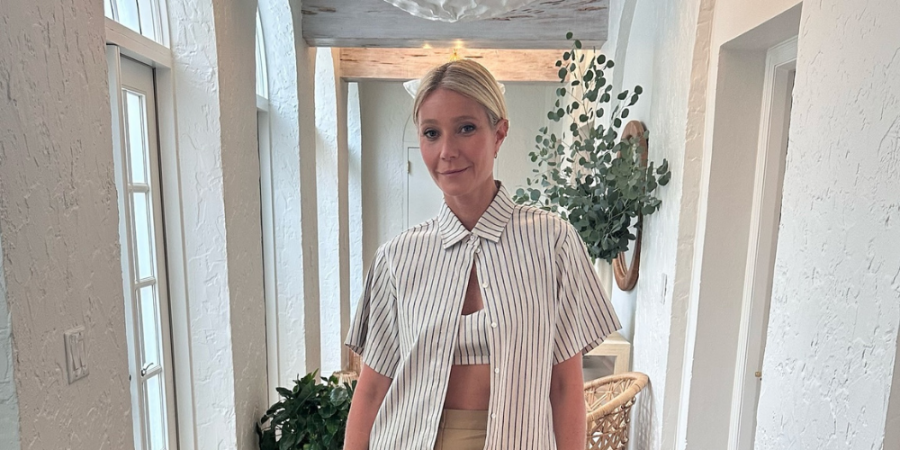The dream of homeownership has always been a rite of passage for many Americans, but for a growing number of first-time buyers, the “bank of mom and dad” is no longer the safety net it once was. Over the past few years, a noticeable decline in so-called “nepo homebuyers”—those who receive financial assistance from their parents—has raised questions about how young buyers are entering the housing market.
Families have long played a role in helping children secure their first homes. Jean Frohling and her husband, both in their mid-60s, exemplify this commitment. After years of saving, they helped their first two children with down payments. When their youngest daughter, 33, found a house outside Peoria, Illinois, the couple chose to buy it outright for $186,000 in cash.
“We just felt there was some negotiation power in the cash offer, and that it would ease the transition,” Frohling explains.
This type of assistance is not unique to wealthy families. Data from the National Association of Realtors (NAR) shows that over the past three decades, roughly 30% of first-time buyers each year used gifts or loans from family or friends. For all buyers, family contributions occurred about 16% of the time. Yet, recent years have shown a surprising reversal: in 2024, only a quarter of first-time buyers received help, while for all buyers, the share dropped to just 10%.

Instagram | narresearch | According to Jessica Lautz, today’s first-time homebuyers are historically unique.
Jessica Lautz, deputy chief economist at NAR, points out that “This is a different type of first-time homebuyer than we’ve seen historically.”
Buyers today are often older, more financially independent, and less reliant on familial support. As a result, the decline of nepo homebuyers reflects broader market shifts rather than a lack of willingness on the part of parents.
The Rise and Fall of Family Assistance
During the COVID-19 housing surge, families frequently stepped in to give first-time buyers a leg up. Geoff Black, a mortgage officer in Sacramento, recalls parents gifting significant sums to secure homes: “I literally remember talking to a parent as she fired off $350,000 as a gift. She mumbled, ‘Get me some grandbabies.’”
In Birmingham, Alabama, mortgage officer Chase Rogers observed that middle-class buyers often used family help to slightly upgrade their purchases, allowing them to qualify for homes that better matched their tastes.
Despite these historical patterns, the last few years have seen a decline. After peaking around 2020-2021, the percentage of first-time buyers receiving family support fell from 27% to 22% in 2022, before slightly rising to 23% in 2023. Last year, just 25% of first-time buyers had assistance from family or friends. Even with affordability challenges at historic highs, gift-based support is fading.
Rising home prices and mortgage rates contribute to this trend. Since July 2020, median home prices have increased by roughly 37%, while mortgage rates remain around 6.4%, more than double the pandemic lows. Bankrate reports that the household income required to afford a typical home now approaches $117,000, up from $78,000 in early 2020. These numbers suggest that first-time buyers need a stronger financial foundation than ever before.
Shifting Demographics of First-Time Buyers
The decline of nepo homebuyers aligns with another significant trend: first-time buyers are older than ever. NAR data shows that in June 2024, the median age of first-time buyers reached 38, a record high since tracking began in 1981. Their market share has shrunk to 24%, while the median household income for this group now stands at $97,000—$26,000 higher than it was just two years earlier.
Older buyers are less likely to request parental help. Lautz explains, “It becomes more uncomfortable for someone who’s 38 years old, the median age of today’s first-time homebuyer, to ask for mom and dad’s help, as opposed to someone in their late 20s or early 30s.” As a result, the market increasingly favors buyers with independent financial resources.
This shift has consequences beyond statistics. Delaying homeownership can result in lost years of equity building, contributing to a growing wealth disparity between younger homeowners and those who purchased earlier. Buyers without parental assistance are more reliant on personal savings, investments, or loans, and may remain renters longer.
The Impact of Financial Independence

Freepik | Self-funded homeownership is on the rise, with fewer buyers leaning on parental cash.
For many young buyers, entering the housing market without family support means sacrifice and patience. Frohling’s daughter is an example: though her parents initially covered the purchase in cash, she refinanced later to pay them back, adding a mortgage she now manages while growing her own equity.
Family influence doesn’t vanish without checks. Parents often play an indirect role—whether by easing education costs, encouraging saving early, or sharing lessons from their own buying experiences. Those foundations can still tilt the odds.
In today’s competitive climate, though, cash still speaks loudest. Illinois loan officer Bill Mitchell estimates that about one in five first-time buyers in his state draw on family money to strengthen offers. A cash contribution can be the deciding factor when multiple bids compete for the same property.
Market Implications
The retreat of “nepo buyers” suggests a shift toward older, financially established homeowners. That change signals a market where self-sufficiency, not inherited wealth, is increasingly the ticket to entry. Long term, this could reshape affordability and the typical age at which people buy their first homes.
Affordability challenges remain pressing. Student loans, high living costs, and shaky job prospects still influence buying timelines. Analysts like Zelman argue that for many, renting may still be the smarter short-term move.
The buyers who do push forward today tend to be more capitalized and less reliant on handouts than those during the pandemic boom, when parental cash played a starring role.
Shaping the Future of Homeownership
Parental support hasn’t disappeared—families like the Frohlings still show how timely help can smooth the way. But overall, the burden has shifted to buyers themselves.
The waning of nepo buyers reflects a broader realignment. Today’s first-time buyers are older, better funded, and more independent, drawing on personal savings rather than parental subsidies. As affordability remains tight, the challenge lies in balancing long-term equity growth with financial caution.
The future of homeownership is less about inherited boosts and more about self-made stability—reshaping the rules for who gets to buy, and when.










